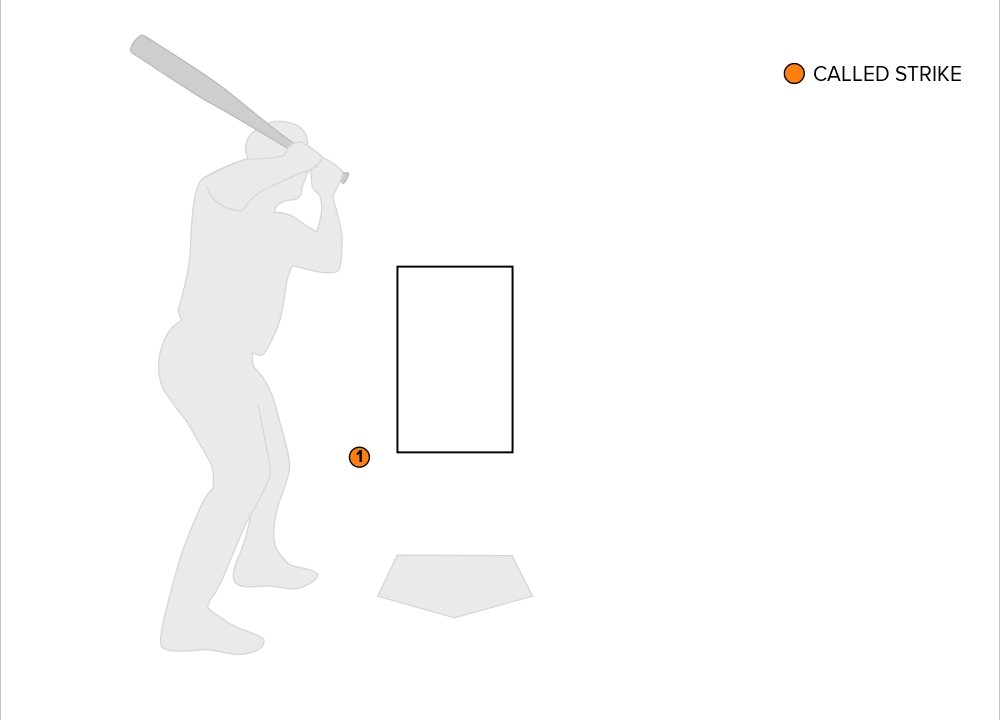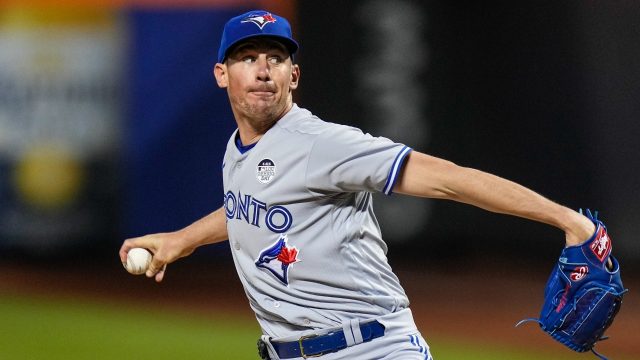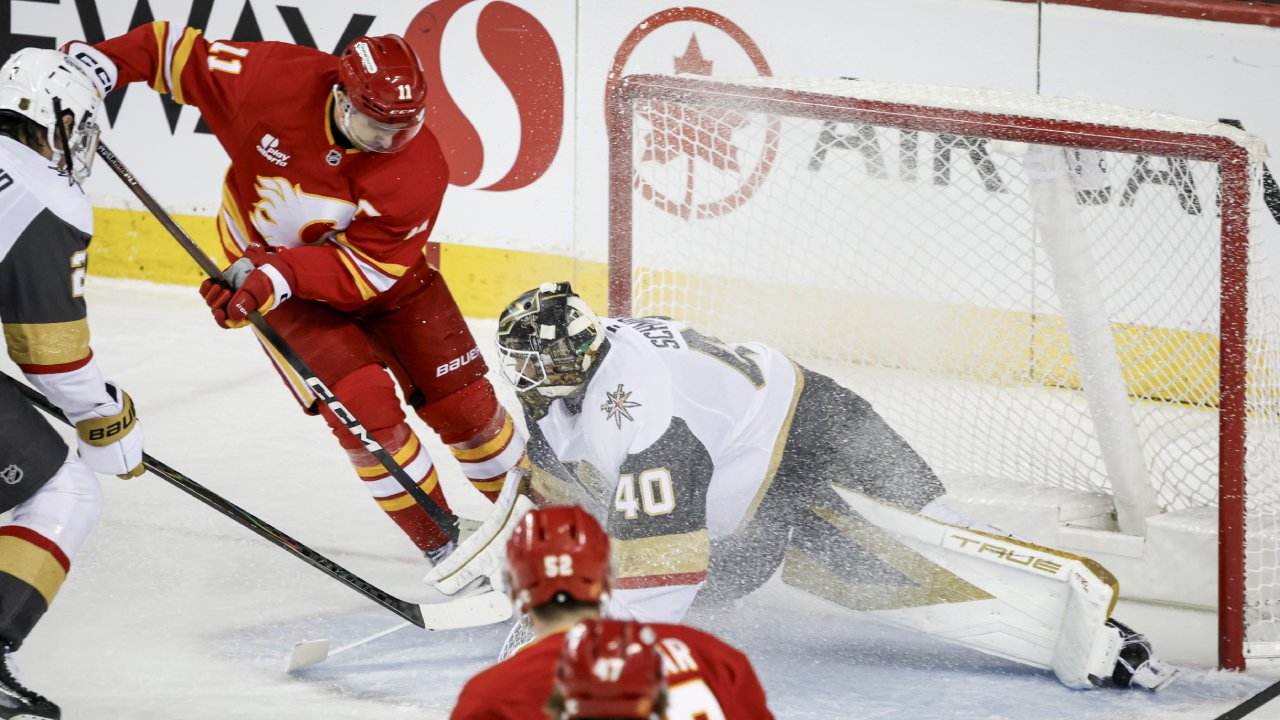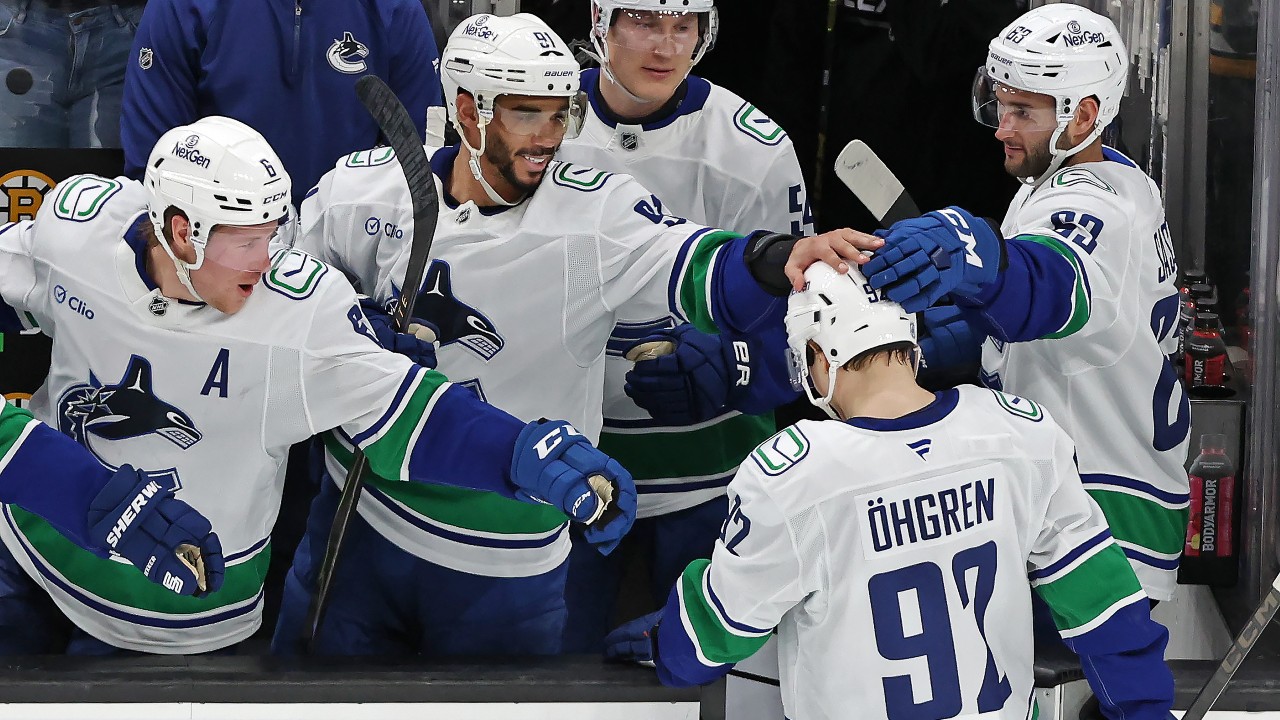
NEW YORK — It’s no stretch to say this has been the most consistent stretch of Jose Berrios‘ Toronto Blue Jays career. Maybe of Jose Berrios’ career, period.
After holding the New York Mets to a run on four hits and a walk while striking out six over a half-dozen innings Saturday, Berrios now has a 2.48 ERA over his last 10 outings with just a shade below a 3:1 strikeout-to-walk ratio. That’s the second-best ERA over a 10-start span in Berrios’ career.
Better yet, he’s thrown at least five innings each time out on this run. Since 2020, only three Blue Jays pitchers have longer streaks — Alek Manoah (39), Robbie Ray (14), and Hyun Jin Ryu (14). After a couple shaky outings to begin the season, Berrios has been a rock.
Essentially, Berrios has been the guy the Blue Jays traded two top prospects for in 2021 and signed to a seven-year, $131-million extension months later. The dude who worked to a 3.74 ERA and didn’t miss a start from the point of his minor-league recall in May 2017 through the end of 2021. The dependable, mid-rotation rock. Not whoever that guy was who struggled to a 5.23 ERA and led the AL in hits and earned runs allowed last season.
That’s the macro takeaway from the Blue Jays’ 2-1 victory over the Mets on Saturday. On a micro level, Toronto’s offence squandered a host of opportunities, stranding runners in each of the first five innings before finally scratching one across in the sixth, as Alejandro Kirk (who reached base three times on the day) drove in Brandon Belt (who also reached base three times on the day) with what was then the game-tying run.
But the Blue Jays blew another opportunity in the eighth, as Cavan Biggio — pinch-running for Belt, who led off with a double — was cut down at home trying to score from third on a contact play. Nine pitches later, with runners now on second and third, Kirk went down swinging at a David Robertson curveball to end the inning.
Ultimately, the Blue Jays went 2-for-13 with runners in scoring position and stranded 11. Not what you want. But these things happen. And it must be said that home plate umpire Charlie Ramos didn’t have a banner day, which ultimately led to Blue Jays manager John Schneider being ejected in the top of the ninth after this first-pitch Robertson cutter to Vladimir Guerero Jr. — with a runner on second and two out — was called a strike:
Credit to Guerrero, though, for hanging in. He evened the count and, after swinging through another cutter, went down to get a curveball practically at his ankles and rifled it down the left field line for a double that plated George Springer — he led off the inning with a single and swiped second — with the game-winning run. Not the prettiest swing you’ll ever see. But one that saved us from more dreaded runners-in-scoring-position dialogue, and allowed Berrios’ latest commanding day to end on a high.
Berrios’ run of success is really a constellation of minor adjustments and improvements coming together to juice his results. Mechanical tweaks that are allowing him to maintain a consistent release point. Balanced pitch usage that’s keeping hitters guessing. A hardened mentality and mindset that’s kept Berrios on the front foot attacking.
But one of the more notable ones has been fastball command. He’s greatly diminished the amount of two- and four-seamers he leaves on the fat part of the plate — a persistent issue for him in 2022. His last time out against the Twins, Berrios located over half of the fastballs he threw on the edges of the strike zone. Entering Saturday’s start, he’d dropped his sinker hard-hit rate by over 15 percentage points to a career low.
“I think he’s comfortable with his delivery and mechanics,” Schneider said before Saturday’s game. “When he’s glove-side sinker and then breaking ball or changeup after that — if he’s got command with his heater and then at least one of the other two — it’s pretty damn good. So, I think he’s confident with it right now. He’s throwing the ball with conviction. And just making pitches in the right spot of the zone.”
Another noticeable difference is the way Berrios is throwing his slurve. His average velocity on the pitch in May — 81.1-m.p.h. — was the lowest its been since 2019. That’s purposeful. Berrios has taken something off the pitch in order to give it more horizontal break and command it more effectively. In his last two starts prior to Saturday, Berrios averaged 17 inches of horizontal break on the pitch — up from the 15 inches he averaged over the six starts prior. A higher chase rate and lower hard-hit rate followed in lockstep.
“He’s really athletic and has a good feel for it,” Schneider said. “So, he can kind of manipulate it a little bit slower or a little bit harder.”
No surprise, then, to see Berrios leaning heavily on his slurve against the Mets, throwing it nearly half the time. His velocity on the pitch ranged from as low as 75 m.p.h. to as high as 85, but his average settled right into that 81-82-m.p.h. sweet spot. Of the 41 he threw, 13 landed for called strikes while seven were whiffed at, producing a massive 49-per-cent called-strike-plus-whiff rate.
Just for context, a league average CSW% is typically around 29 per cent. A really good one is above 35. A 49-per-cent one on a starter’s most-used pitch is bonkers.
That’s how good Berrios’ slurve was Saturday, as he back-doored it up arm-side and drove it down glove-side against the five hitters in New York’s lineup batting left-handed. The four righties saw it plenty, too, typically right along the bottom edge of the zone. Berrios allowed only a Jeff McNeil single and the three walks on it all afternoon.







